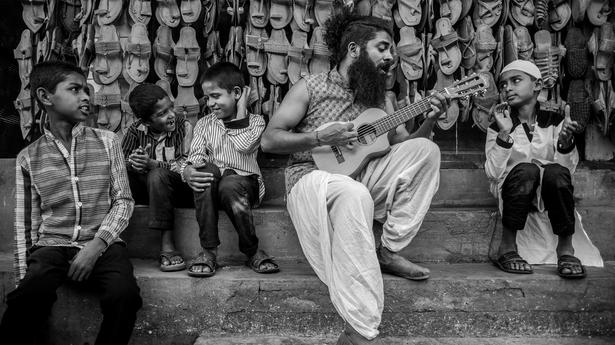A small team, led by Carnatic rock musician Vasu Dixit, travelled the country recording folk and tribal musicians. The music — and the stories — are now online
A small team, led by Carnatic rock musician Vasu Dixit, travelled the country recording folk and tribal musicians. The music — and the stories — are now online
The country teems with musical forms that are yet undiscovered by the masses. Just ask folk-rock musician Vasu Dixit. Famous for his part in bands like Swarathma and Vasu Dixit Collective, he asked fellow musicians to introduce him to tribal music of their land — and realised he had opened the floodgates.
Now, Vasu’s documentary series introduces the Internet to tribal and folk music from Manipur, Meghalaya, Sikkim, Karnataka and Tamil Nadu. Each musician covered in the PaDa Project, brings forth a new form of singing, or a lesser-known instrument, or something that is utterly unique to his or her village and culture.
“In Shillong we went to a village whose people name their children based on a particular tune. They literally hum the tune to call their children. There is a word for this kind of nickname; it translates to ‘tune-name’,” says Vasu.
Mickma Tshering Lepcha from Sikkim in a still from the docuseries
The team’s list of such discoveries is long. Vasu adds: “Mickma Tshering Lepcha from Sikkim was playing an instrument called tunbuk, which is like a dotara. In Manipur, singer Mangka Mayanglambam has a style that is more like storytelling, with conversation inbetween. That format is a part of her culture, but more than that, it is a style that she has personally developed. She says that even while she was learning, her teachers never wanted her to sing in an exact way: it is the norm that you add your own flavour.”
When tradition itself insists on innovation, you know you have stumbled upon something unique. Vasu admits as much, and explains how, originally, he had never intended such a spree of discoveries.
“My initial idea was to cover eight to 10 artistes in Karnataka alone, because of my familiarity with the language and the music here. But I understand why the sponsors [Believe India and Ishtar Music, in partnership with Snehadhara Foundation] wanted a pan-India approach,” he says, adding, “Once we decided that, I decided to go for Manipur and Meghalaya. Because when you say folk music, the image in most people’s minds is that of Rajasthan or Punjab. Not that I won’t cover those states too, but I wanted to start with something that has not been explored as much.”
Vivek Raina of Believe India reiterates as much, and states that the team sees this project as a way to “use our marketing and digital expertise to facilitate these artistes in to come out in public and show their talent.” He believes there are some gaps in the market, that they can fill in this way.
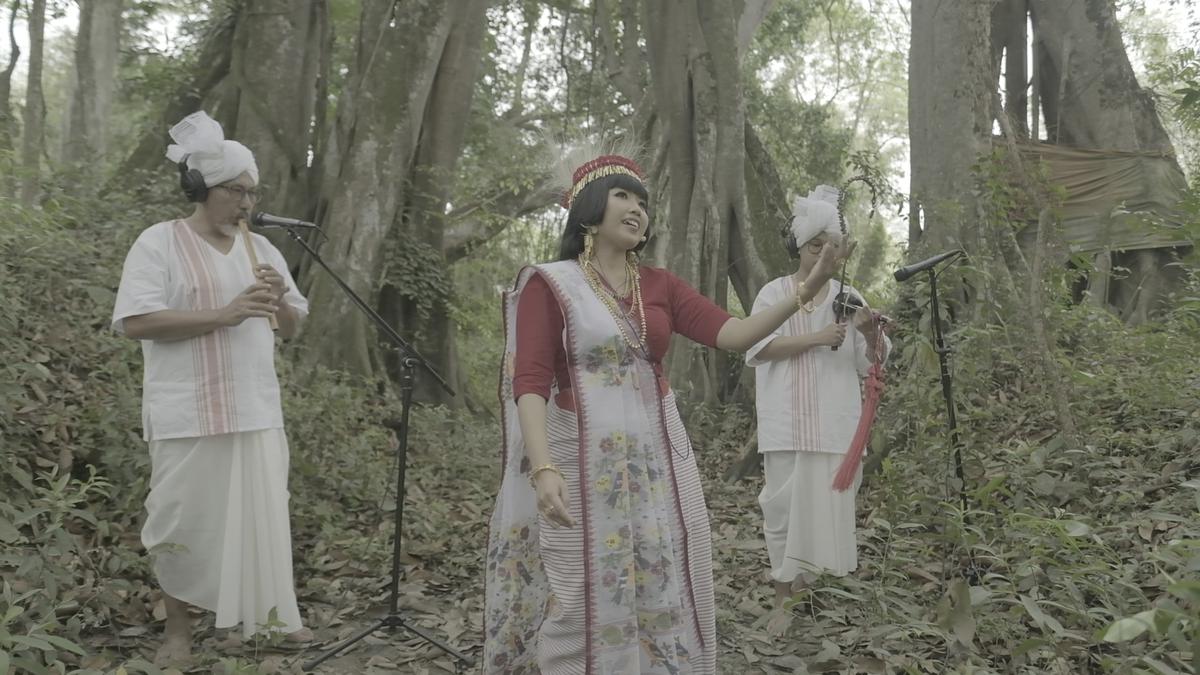
Mangka Mayanglambam from Imphal in a still from the docuseries
The brass tacks
Hence, the first set of PaDa Project releases focusses on Mohan Kumar from Karnataka, Sithirai Senana from Madurai, Mickma Tshering Lepcha from Sikkim, Dalrariti Kamaior from Shillong and Mangka Mayanglambam from Imphal. Vasu hopes to get travel and production for another set of episodes in the near future, but he is well aware that the process is an arduous one.
“The idea of the project has been in my mind for four years. I’ve been talking to people I can collaborate with, and people who can fund or sponsor. When COVID hit, we couldn’t take the project ahead.”
But he acknowledges that the forced break helped him in other ways: “It gave me time to start writing to people, approaching them more gradually. This was at the start of 2021, because I could hope that things would be better in about another year or so. I know these processes take time, and back in those months, people with funds were naturally more interested in giving it to COVID relief than to things like this.” And so he waited, and tried, and waited some more. “I approached over 100 people before I got in touch with Believe India. Only after I had them on board did I start thinking of the places we could cover, based on the funds we had.”
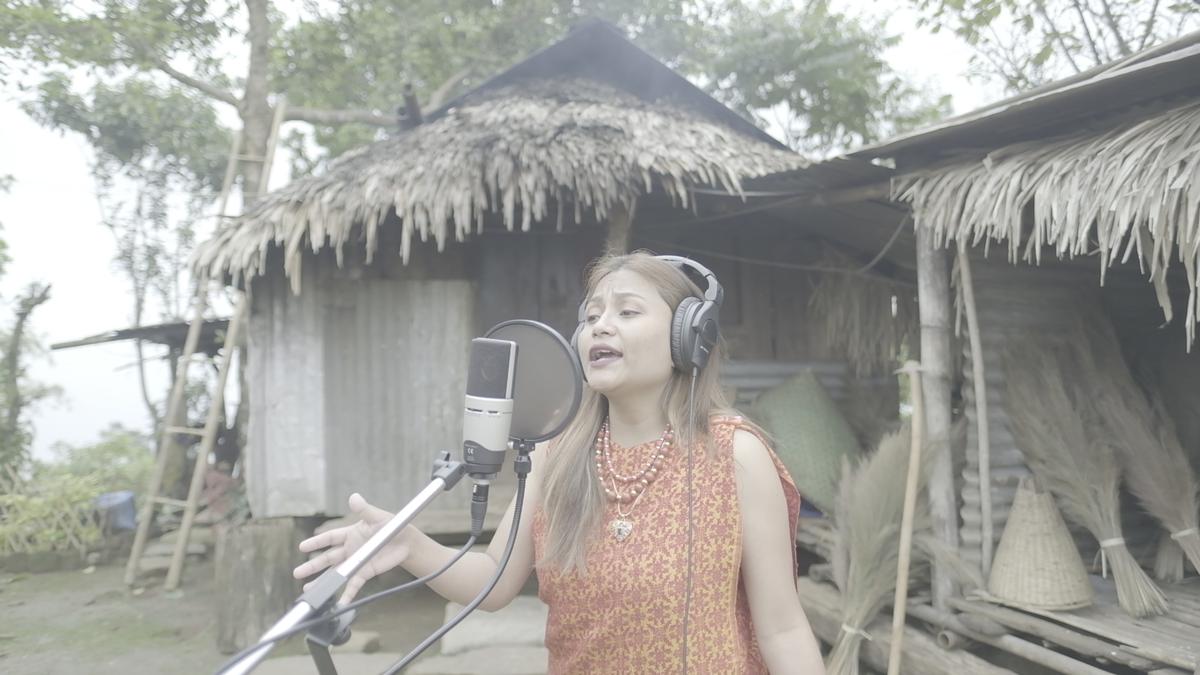
Dalrariti Kamaior from Shillong in a still from the docuseries
Spreading word and wings
Once he had decided that, Vasu’s years-long musical friendship network helped. He explains: “When I had zeroed in on the North-East, I approached musicians I knew in Nagaland and Arunachal, Assam, Manipur and Meghalaya, to tell me about folk artistes in their State.”
He adds, “The final list was decided based on availability and the kind of music they showed. Every folk music has its uniqueness, so it’s not as if one is better than the other. It was more about the logistics, and about what I could bring in that was different.”
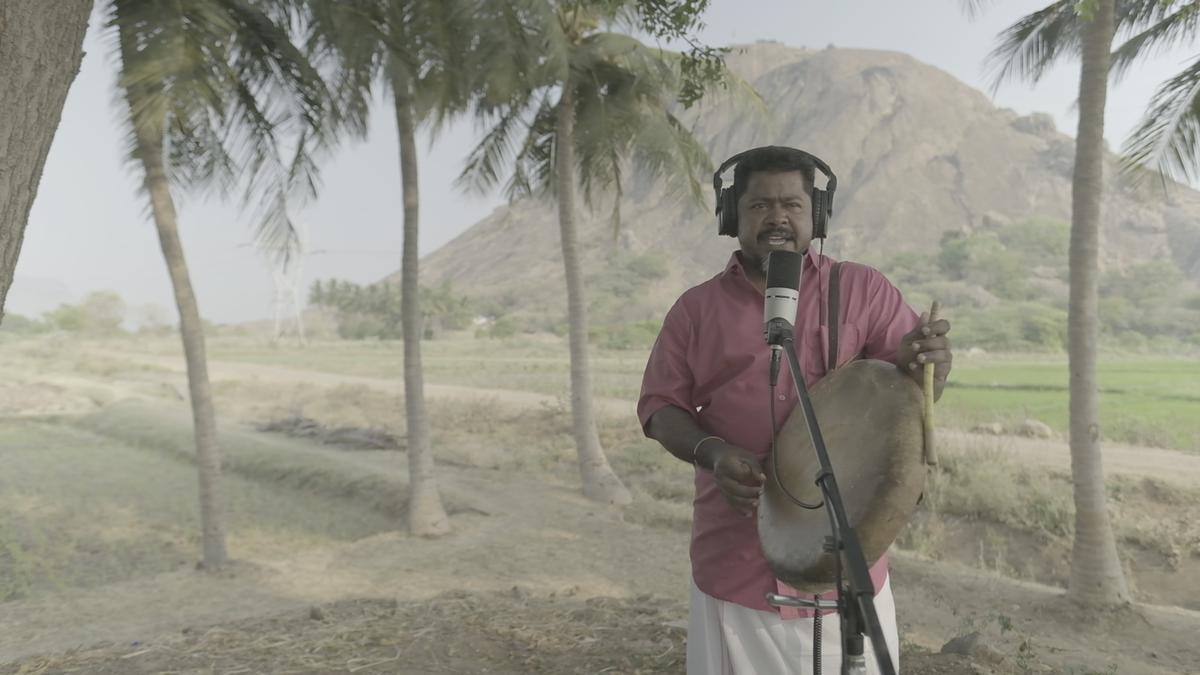
Sithirai Senana from Madurai in a still from the docuseries
What the four people-strong PaDa team brought in, was technology. Episodes are tailored for listening, though the visual aspects are undeniably a strong draw. They put out one episode per week, and three episodes per artiste: “first week only the documentary episode on YouTube; second week only the artiste’s songs on YouTube; third week, only the audio of the artiste’s song, as a single on OTT platforms like Spotify,” specifies Vasu, “That way, each artiste gets their space and time to reach out to the world.”
Tales of toil
The styles and voices are all unique, and yet, one thread is common throughout. Vasu decided to highlight that aspect — the fact that, no matter what your community, tribe or society, you will sing about your daily life and the work that you do.
He elaborates, “Folk music — of any region — has different subsets and themes. I zeroed in on the theme of occupation. Folk songs are often based on work that people of the land do. For example, take farmers: as they are farming, they sing songs about it; as they are ploughing, they sing songs about it; as they are sowing seeds and saplings, they sing songs about it. Each occupation has its own music associated with it.
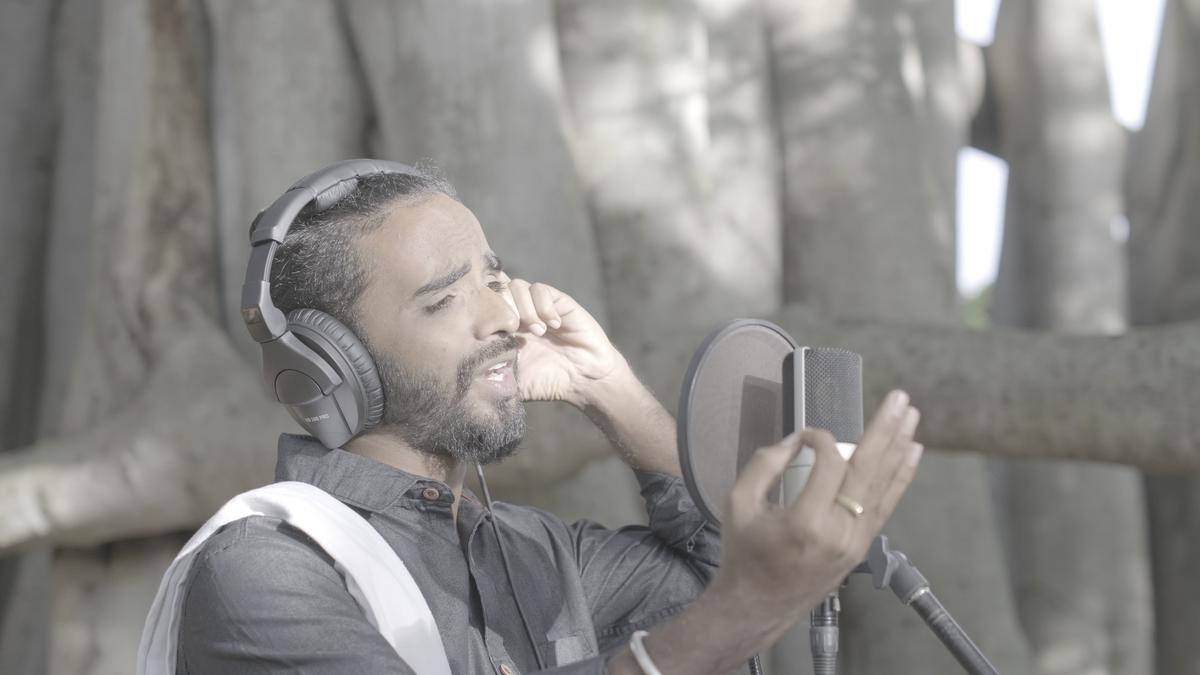
Mohan Kumar from Karnataka in a still from the docuseries
In Karnataka, it was the Kadagullas, they are shepherds. In Madurai, we covered jaggery making. In Manipur it was weaving, in Sikkim it was shamans, and in Shillong, in that particular village, people go to the forest to cut grass for brooms.”
Vasu adds rather charming details of his own, when need arises. For instance, “In Manipur, we didn’t have songs directly about the act of weaving, but there were songs about the cotton flower. I also recorded the sound of their looms, to use as the rhythm in their songs,” he says. When it comes to music, innovation is boundless.


